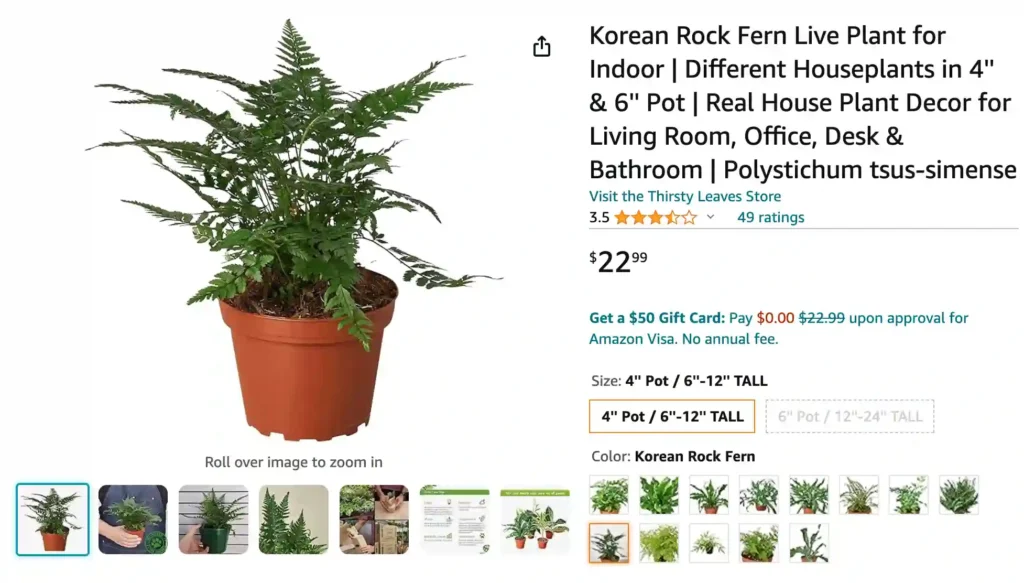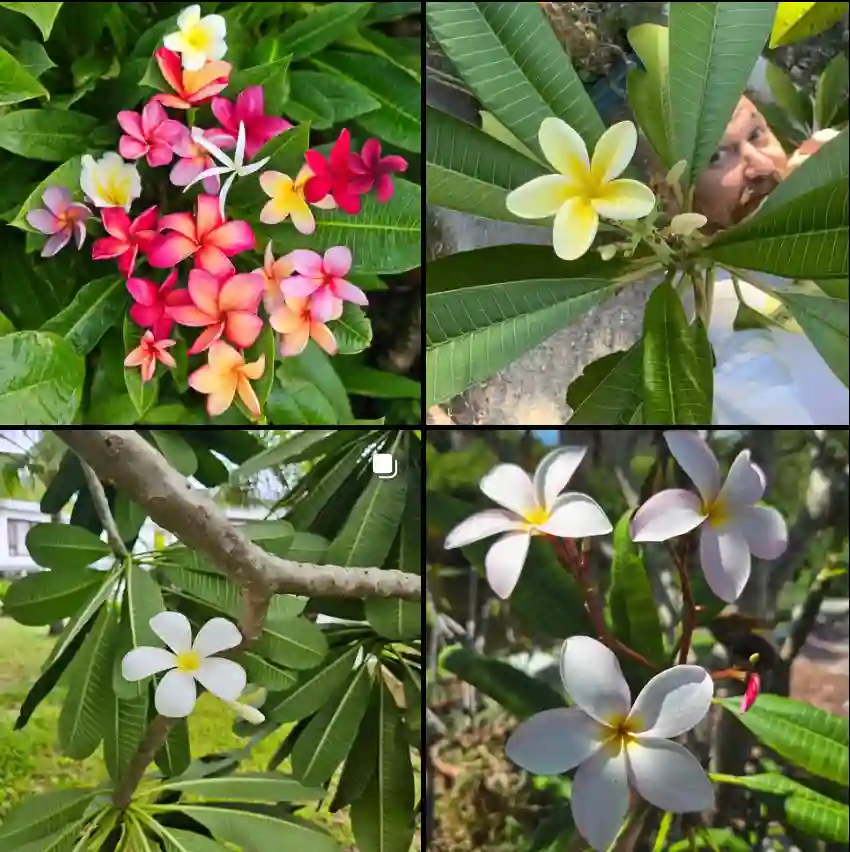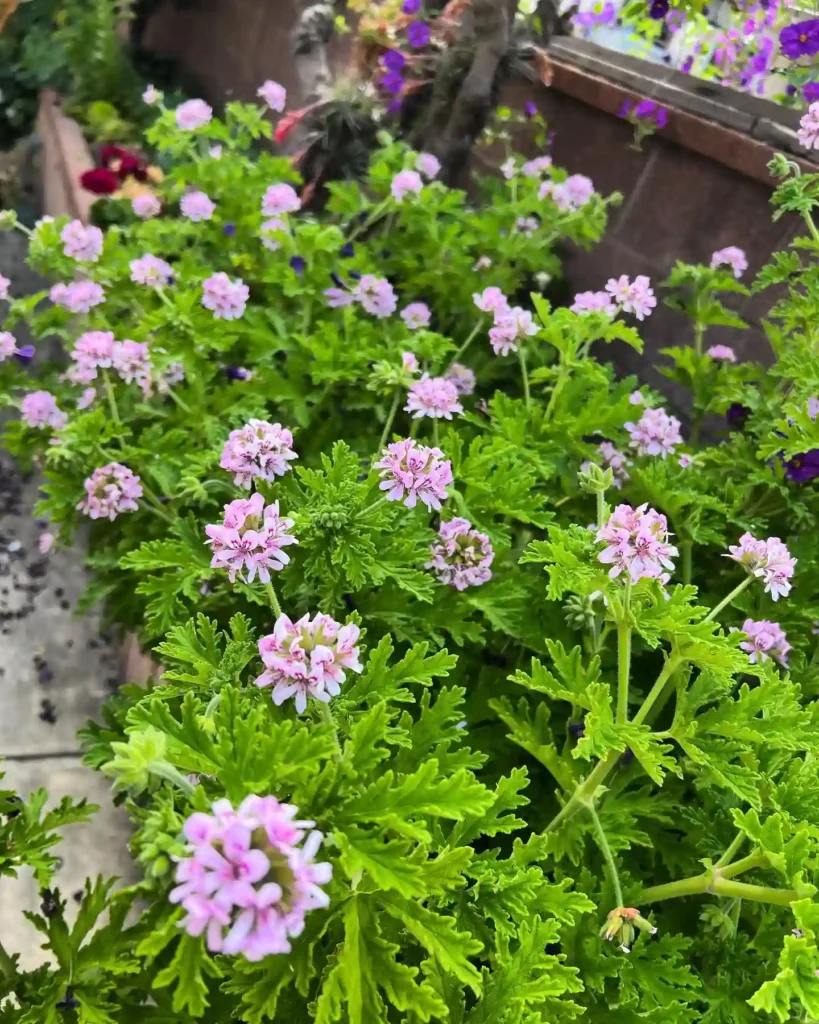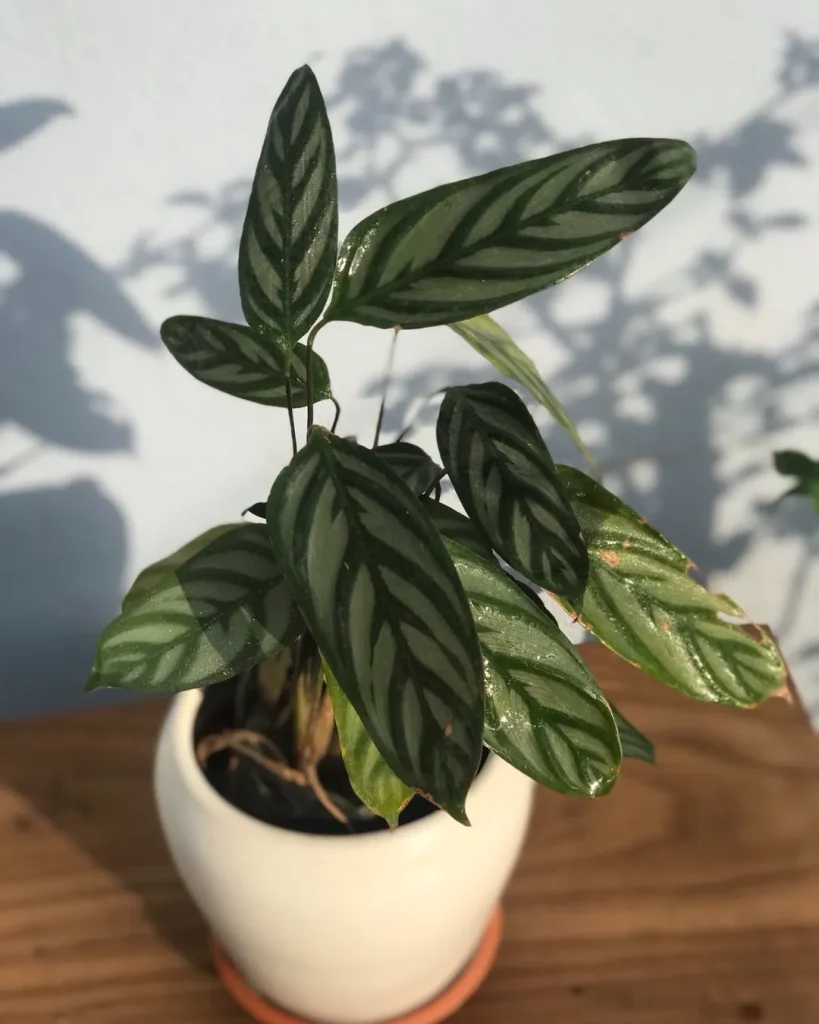
All About the Korean Rock Fern: Your Guide to Polystichum Tsus-simense
Hi, Ferb Vu here! Today, we’re diving into the world of a fantastic fern: Polystichum Tsus-simense, also known as the Korean Rock Fern. This little beauty is a favorite among gardeners for its shade-loving nature, elegant looks, and overall ease of care.
Whether you’re a seasoned plant enthusiast or a curious beginner, this FAQ will equip you with everything you need to know about bringing the Korean Rock Fern into your home or garden.
What is Polystichum Tsus-simense?
Polystichum Tsus-simense is a perennial herbaceous plant, meaning it dies back in winter but returns year after year. It’s native to East Asia, specifically China, Japan, Korea, Taiwan, and Vietnam. In its natural habitat, you’ll find it thriving in the cool, shady areas of rock walls – hence the “Rock Fern” nickname.
What does a Korean Rock Fern look like?
The Korean Rock Fern is known for its attractive, glossy blue-green fronds. These fronds are broadly lance-shaped, with a leathery texture. They’re adorned with black stems and have narrow, oblong pinnae (leaflets) that are pointed and have slightly spiny edges.
The Korean Rock Fern forms a compact, tufted clump, reaching a mature height of 12-18 inches. New fronds emerge with a hint of purple, adding a touch of visual interest in early spring.
Is the Korean Rock Fern easy to care for?
Absolutely! This fern is a low-maintenance gem. Here’s what you need to know:
- Light: Korean Rock Ferns prefer partial shade to full shade. Avoid placing them in direct sunlight, which can scorch the fronds.
- Water: Keep the soil consistently moist but not soggy. Water deeply when the top inch of soil feels dry to the touch.
- Soil: Well-drained, fertile soil rich in organic matter is ideal.
- Fertilizer: You can feed your Korean Rock Fern a balanced fertilizer once a month during the growing season (spring and summer). However, it’s not essential for healthy growth.
Is the Korean Rock Fern winter hardy?
The Korean Rock Fern is generally considered cold-hardy in USDA zones 6-9. This means it can withstand winter temperatures down to -10°F (-23°C). If you live in a colder climate, you can protect your fern by mulching around the base in late fall.
Can I grow the Korean Rock Fern indoors?
Yes, the Korean Rock Fern makes a fantastic houseplant! Just provide it with bright, indirect light and consistent moisture. It thrives in average room temperatures and humidity levels.
How do I propagate the Korean Rock Fern?
The most common method for propagating the Korean Rock Fern is by division. In spring, carefully dig up the mature fern and gently divide it into smaller sections, each with a healthy crown and roots. Replant the divisions in separate pots or desired locations in your garden.
What are some common problems with the Korean Rock Fern?
The Korean Rock Fern is a remarkably resilient plant. However, two potential issues to watch out for are:
- Brown fronds: This can be caused by underwatering or excessive sunlight.
- Slugs and snails: These pests can munch on the fronds. You can use organic methods like handpicking or beer traps to control them.
How is the Korean Rock Fern different from other ferns?
Here’s a quick comparison of the Korean Rock Fern with two popular fern varieties:
- Boston Fern (Nephrolepis exaltata): A larger fern with drooping, feathery fronds. Prefers higher humidity than the Korean Rock Fern.
- Maidenhair Fern (Adiantum spp.): Delicate fern with airy, fan-shaped fronds. Requires consistently moist soil and even higher humidity than the Boston Fern.
Where can I buy a Korean Rock Fern?
Korean Rock Ferns are readily available at many online plant retailers and garden centers.
So, is the Korean Rock Fern right for me?
If you’re looking for a low-maintenance, elegant fern that thrives in shade, the Korean Rock Fern is an excellent choice. It’s perfect for adding a touch of greenery to your indoor space or creating a lush, textural element in your shady garden. With its easy care requirements and beautiful looks, the Korean Rock Fern is sure to become a cherished addition to your plant collection.
If i die, water my plants!



